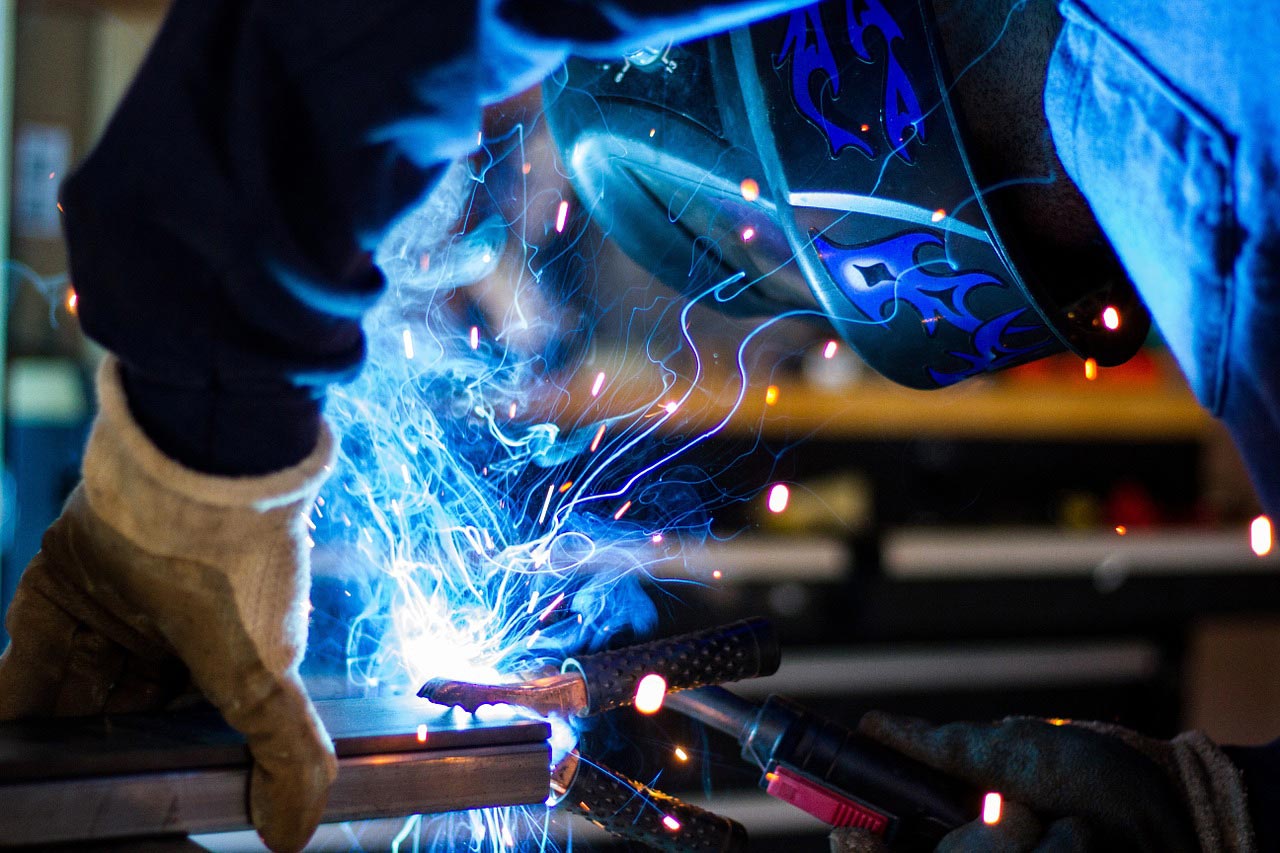
Everyday Uses of Argon Gas
Air Source Industries offers different grades of argon gases for commercial, industrial, and ultra-high purity purposes in the greater Los Angeles and Orange County areas. Because argon occurs in the air naturally, it is easily obtained and inexpensive compared to other noble gases, making it the most commonly used inert gas. As a stable gas with low reaction rate, argon is used in many commercial and industrial processes with high-temperatures to help dormant substances become reactive.
In order to better understand how argon works and reacts with other elements, let’s see some of the most common and lesser known uses of argon gas.
Electrical Light Bulbs
Did you know that incandescent light bulbs are filled with inert gases like argon? The heat from the tungsten filament generates light and the argon helps prevent the filament from decaying.
Simply having air in the bulb would not work as the filament would react with the oxygen in the air and burn out the tungsten. Because tungsten evaporates during the heating process, an inert gas like argon is needed to contain the tungsten and bounces the atoms back toward the filament to keep it from spreading and coating the inside of the bulb. Inert gases do not usually react with other elements and the argon gas increases the bulb’s lifespan.
Neon Lights
You’ve seen neon lights in the storefronts of businesses around the country. These attention grabbing lights are all over the place and you can find them in all shapes and colors.
Neon lights, like incandescent lighting, contain a mixture of argon gas inside the tubes. Argon is typically used with a mercury vapor mixture to create a brighter glow of ultraviolet light. The variety of neon colors are determined by the different mixtures of gases inside the tubes, the fluorescent coating inside the glass tube, internal gas pressure and the color of the glass tube itself. For example the color red in neon lights is made up of neon, argon, and hydrogen gases. So, the next time you see a neon sign, you’ll know that argon and other gases inside the tube make the bright, colorful glow possible.
Welding Shielding
Welding requires extremely high temperatures and the metals that are being welded become highly reactive to the elements in the air. Gases like argon are used to combat that problem and help stabilize the welding process to prevent atmospheric contamination. Argon is one of the main shielding gases used in welding and is frequently used as a base for specialized mixes.
The argon shielding gas is often mixed with a small amount of carbon dioxide to cut carbon steel because it produces a consistent quality and provides a cleaner finish. Because argon is low in thermal conductivity, using 100 percent argon as a shielding gas is only typical when welding thinner metals like aluminum, titanium and magnesium.
Titanium Fabrication
Titanium is a very strong and light metal used in aerospace, commercial and a multitude of industries. Titanium is resistant to corrosion and has a very high strength-to-density ratio making it a valuable commodity.
In the final portion of the titanium fabrication process, the molten metallic titanium needs to be exposed to an argon rich atmosphere to keep it from reacting with oxygen, carbon dioxide and other gases in the environment while being formed. The argon atmosphere allows a thin oxide coating to form around the outside of the titanium and this protects the titanium from further oxidation. Now formed and cooled, the titanium is ready for general use.
Conclusion
Air Source Industries has multiple decades of experience as an argon gas supplier. Let our experts understand your business needs and we’ll assist you in selecting the right argon gas. Give us a call at (562) 426-4017 or get an argon gas quote online.

